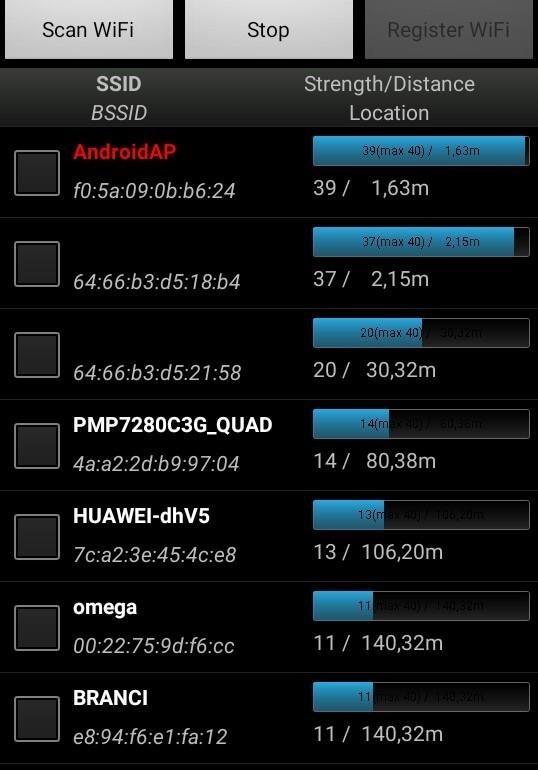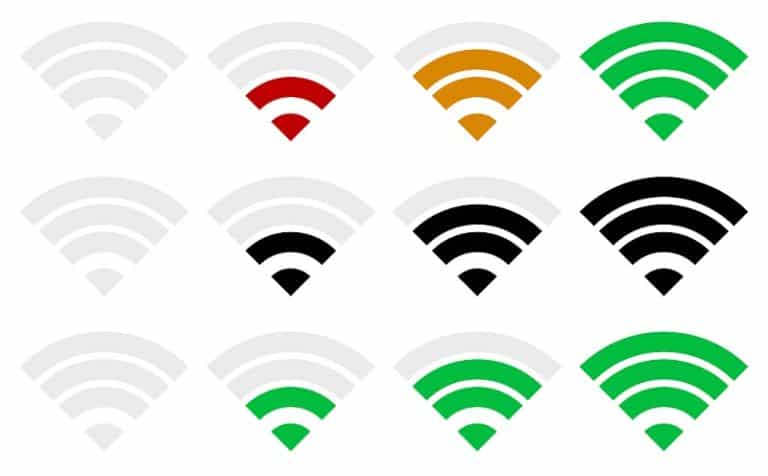

How do I check the signal quality on a RUT device? WebUI When this value gets close to 0, performance will drop drastically Reliable data speeds may be attained, but marginal data with drop-outs is possible. When this value gets close to -20, performance will drop drastically

When this value gets close to -100, performance will drop drastically As the name implies, SINR is the strength of the signal divided by the strength of any interference Indicates the throughput capacity of the channel.
#STRENGTH WIRELESS SIGNAL PLUS#
#STRENGTH WIRELESS SIGNAL FULL#
#STRENGTH WIRELESS SIGNAL CODE#
RSCP - indicates the Received Signal Code Power.EC/IO - indicates the downlink carrier-to-interference ratio (signal quality).EC/IO is a negative dBm value.RSSI is a negative value, and the closer to 0, the stronger the signal RSSI - Received Signal Strength Indicator.Although signal strength may appear to be adequate, throughput speeds may vary due to dependencies on cellular tower loadsĢG (GSM) Signal strength is defined by only one value: RSSI – Received Signal Strength Indicator RSSI is a negative value, and the closer to 0, the stronger the signal.įair but useful, fast and reliable data speeds may be attained, but marginal data with drop-outs is possibleģG (WCDMA, TDSCDMA, CDMA, EVDO, CDMA-EVDO)įor 3G service mode, there are three relevant measurements:.There is no black/white answer to what constitutes a successful connection.Measured or reported values vary by modem, carrier, and network environment.Both Signal Strength and Signal Quality must be considered for successful cellular data connection.In this case, even though you have a great Signal Strength value, you may not achieve maximum mobile data speeds. For example, you may have an excellent RSSI value of -51 dBm, but the Tower Load (the number of mobile users) in your area is very high. Therefore, measurements like Signal Strength (RSSI) and Signal Quality (EC/IO) do not incorporate all of the relevant factors to describe the quality of the connection. Physical barriers (mountains, buildings, trains, etc.).Signal going through a cellular repeater.There are many different factors that influence signal strength and quality, including but not limited to: More on these measurements in separate service mode sections. Signal strength values are defined by a few different measurements which vary even more for different service modes.

Note: The following recommendations apply for both Quectel and MeigLink modules used in Teltonika devices. This chapter is an overview of recommended signal strength levels for different mobile service modes.


 0 kommentar(er)
0 kommentar(er)
